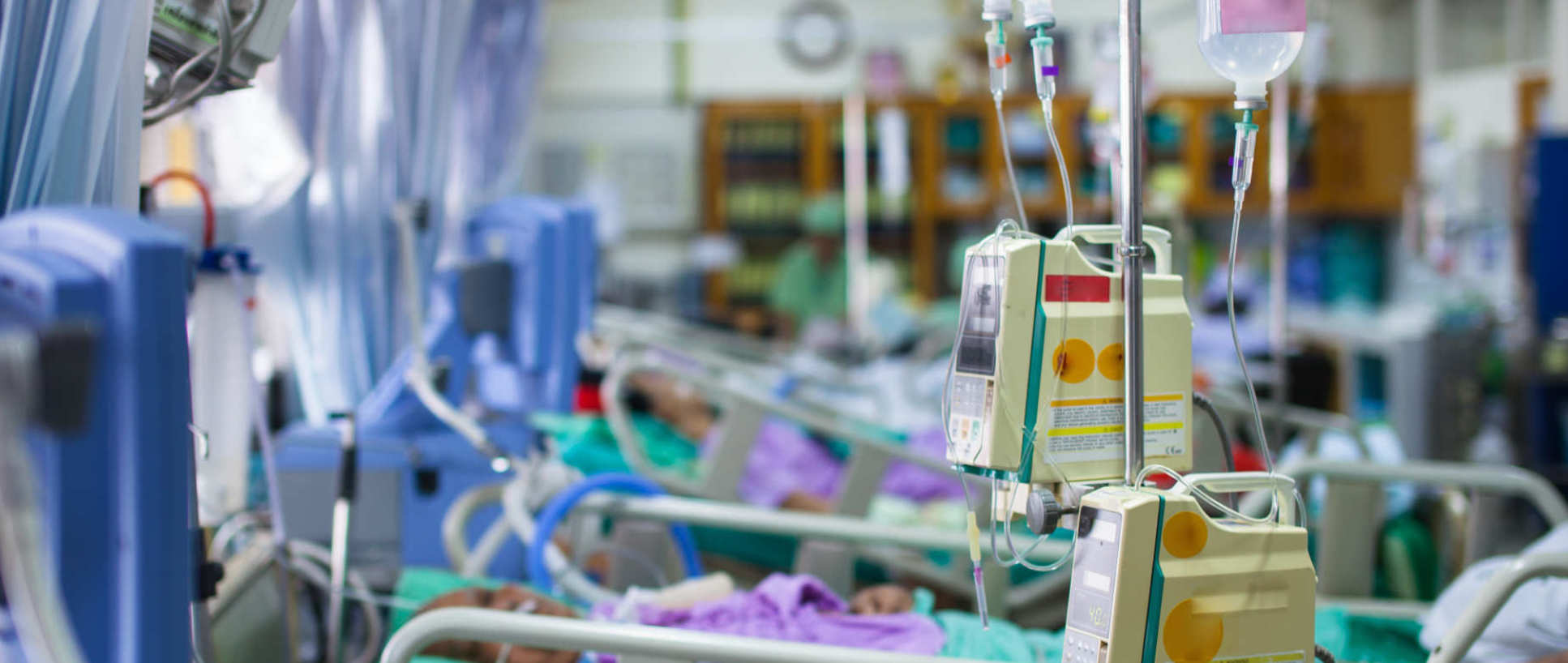BibTex format
@article{Lax:2014:10.1136/bmjresp-2013-000014,
author = {Lax, S and Wilson, MR and Takata, M and Thickett, DR},
doi = {10.1136/bmjresp-2013-000014},
journal = {BMJ Open Respiratory Research},
title = {Using a non-invasive assessment of lung injury in a murine model of acute lung injury},
url = {http://dx.doi.org/10.1136/bmjresp-2013-000014},
volume = {1},
year = {2014}
}
RIS format (EndNote, RefMan)
TY - JOUR
AB - Arterial oxygen saturation has not been assessed sequentially in conscious mice as a direct consequence of an in vivo murine model of acute lung injury. Here, we report daily changes in arterial oxygen saturation and other cardiopulmonary parameters by using infrared pulse oximetry following intratracheal lipopolysaccharide (IT-LPS) for up to 9days, and following IT-phosphate buffered saline up to 72h as a control. We show that arterial oxygen saturation decreases, with maximal decline at 96h post IT-LPS. Blood oxygen levels negatively correlate with 7 of 10 quantitative markers of murine lung injury, including neutrophilia and interleukin-6 expression. This identifies infrared pulse oximetry as a method to non-invasively monitor arterial oxygen saturation following direct LPS instillations.
AU - Lax,S
AU - Wilson,MR
AU - Takata,M
AU - Thickett,DR
DO - 10.1136/bmjresp-2013-000014
PY - 2014///
SN - 2052-4439
TI - Using a non-invasive assessment of lung injury in a murine model of acute lung injury
T2 - BMJ Open Respiratory Research
UR - http://dx.doi.org/10.1136/bmjresp-2013-000014
UR - http://hdl.handle.net/10044/1/32384
VL - 1
ER -
 Critical care involves the care of the sickest patients in the hospital. Critically ill patients have usually been through a significant insult to their body (such as trauma, infection, burn) and have developed organ failure and require life-support. Critical Care is the largest theme bringing together clinicians and scientists from diverse backgrounds and includes collaborative research from hospitals throughout north-west London. Investigations range from evaluating biological mechanisms of organ failure through to the development of innovative technologies which allow the short-term and long-term support and recovery of organs.
Critical care involves the care of the sickest patients in the hospital. Critically ill patients have usually been through a significant insult to their body (such as trauma, infection, burn) and have developed organ failure and require life-support. Critical Care is the largest theme bringing together clinicians and scientists from diverse backgrounds and includes collaborative research from hospitals throughout north-west London. Investigations range from evaluating biological mechanisms of organ failure through to the development of innovative technologies which allow the short-term and long-term support and recovery of organs.